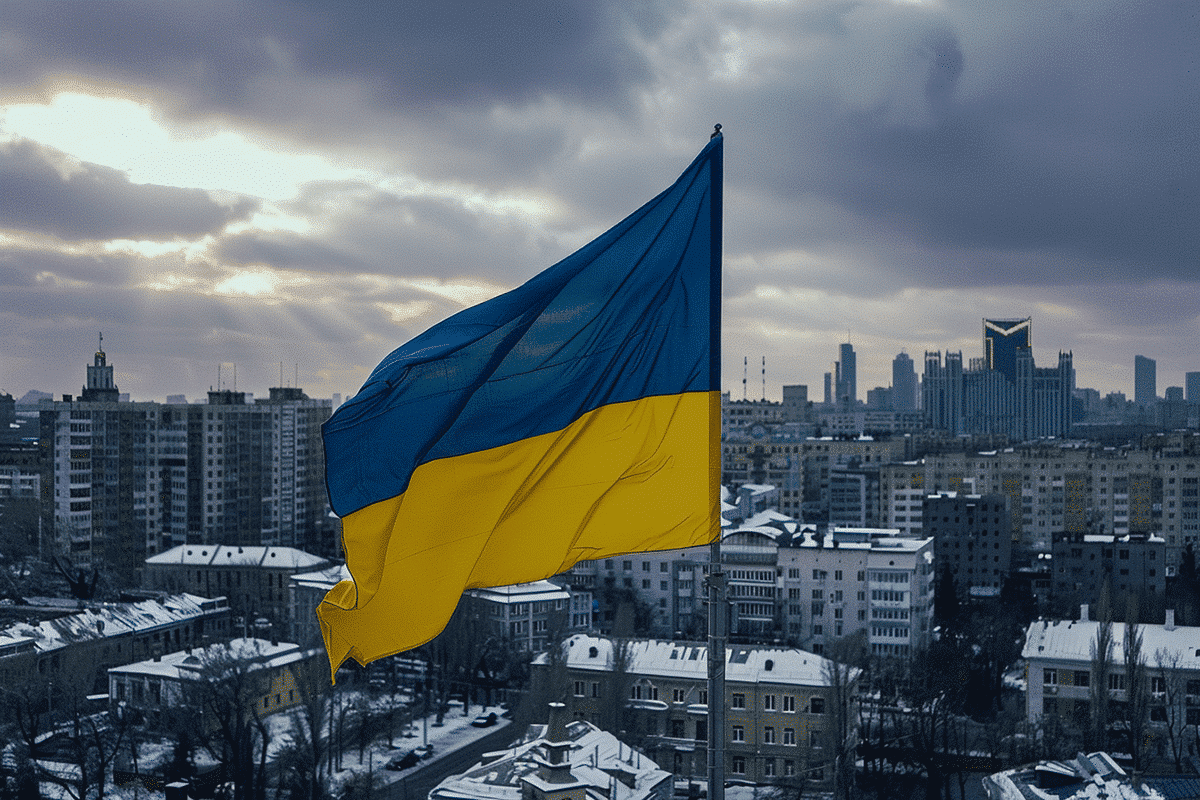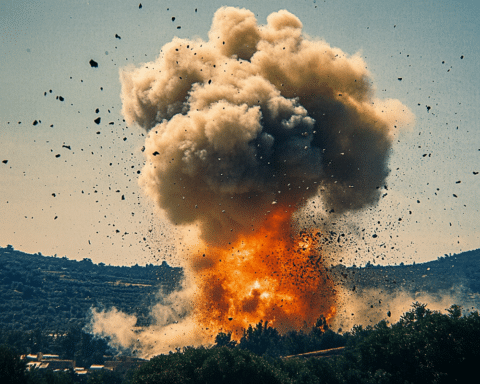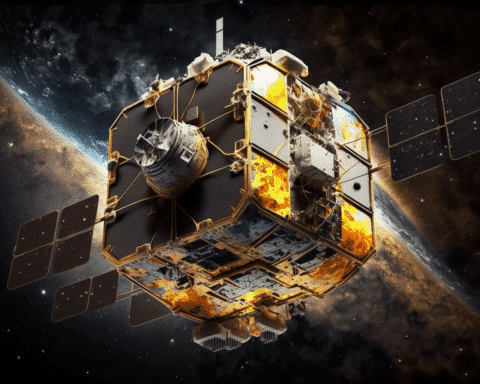Ukraine is grappling with two formidable challenges: an ongoing war with Russia and fluctuating political support from the United States. After nearly 30 months of conflict, the situation on the battlefield is becoming increasingly difficult. Simultaneously, the crucial backing from the US is becoming more unpredictable due to shifting political dynamics.
A significant six-month delay in US military assistance allowed Russian forces to make advances on the front lines. Ukrainian troops are now struggling to contain the gradual gains made by Russia’s better-equipped army. Analysts predict that the next two or three months will be among the hardest for Ukraine this year, as the country works to stabilize its defenses and regain lost ground.
Political Shifts and Their Impacts
The political landscape in the US is adding to Ukraine’s challenges. Former President Donald Trump has selected Senator JD Vance from Ohio as his running mate for the upcoming election. Vance advocates for focusing on domestic issues over foreign wars, reflecting Trump’s stance. Trump has claimed he would end the conflict quickly if re-elected, though he has not detailed how.
In Europe, Hungary’s pro-Russian Prime Minister Viktor Orbán is causing friction within the European Union by holding meetings with Russian President Vladimir Putin and Chinese President Xi Jinping. These actions have angered other EU leaders and added complexity to the political support Ukraine relies on.
The Battlefield: Current Status and Strategies
Russia currently controls 18% of Ukrainian territory, a situation that developed after defensive forces pushed them out of half the area they initially seized following the full-scale invasion in February 2022. Even though Russia hasn’t achieved a major battlefield victory since the capture of Avdiivka in February, its forces are progressing in the border areas of Kharkiv in the northeast, Donetsk in the east, and Zaporizhzhia in the south.
Ukraine has adopted an elastic defense strategy, ceding some territory to wear down Russian troops until Western supplies reach the front lines. Despite this, analysts warn that Russia could ultimately win a prolonged war of attrition unless Ukraine can mount a successful counteroffensive using an element of surprise. Meanwhile, Russia continues to fire missiles into rear areas, targeting civilian infrastructure and conducting aerial attacks that have resulted in civilian casualties.
Critical Infrastructure and Military Resources
Russia’s relentless missile and drone attacks have significantly damaged Ukraine’s power grid, destroying 80% of its thermal power and one-third of its hydroelectric power. As a result, Ukraine faces a hard winter ahead. The country requires massive air defenses to protect its extensive territory, with President Volodymyr Zelenskyy stating that 25 Patriot air defense systems are needed to fully defend its airspace.
Ammunition supplies are gradually improving as new deliveries reach the front lines, helping to shrink Ukraine’s disadvantage in artillery. However, it will take time for Ukraine to fully replenish its depleted stocks and assemble a counteroffensive. Russia, meanwhile, is heavily investing in defense to sustain its war efforts.
Fortifications, Conscription, and International Aid
Russia’s tactic of destroying towns and villages to deny Ukrainians defensive cover has led to significant destruction. However, Ukraine’s fortifications have improved in recent months. Although Russia has made some progress along the 1,000-kilometer front line, its advances have been costly and without major breakthroughs.
In April, Ukraine expanded its military conscription to replenish its forces, though training and equipment shortages persist. Fourteen brigades are still awaiting their promised Western weapons. On a positive note, NATO countries have committed to providing long-term security aid and military training, including sending more Stinger missiles and preparing to deliver the first F-16 warplanes donated by European countries.
Despite these efforts, President Zelenskyy has expressed frustration, emphasizing that Ukraine cannot win the war unless the US lifts its restrictions on using American weapons to target military sites on Russian soil. As Ukraine navigates these complex challenges, the nation’s resilience and strategic decisions in the coming months will be crucial in determining the outcome of this prolonged conflict.




